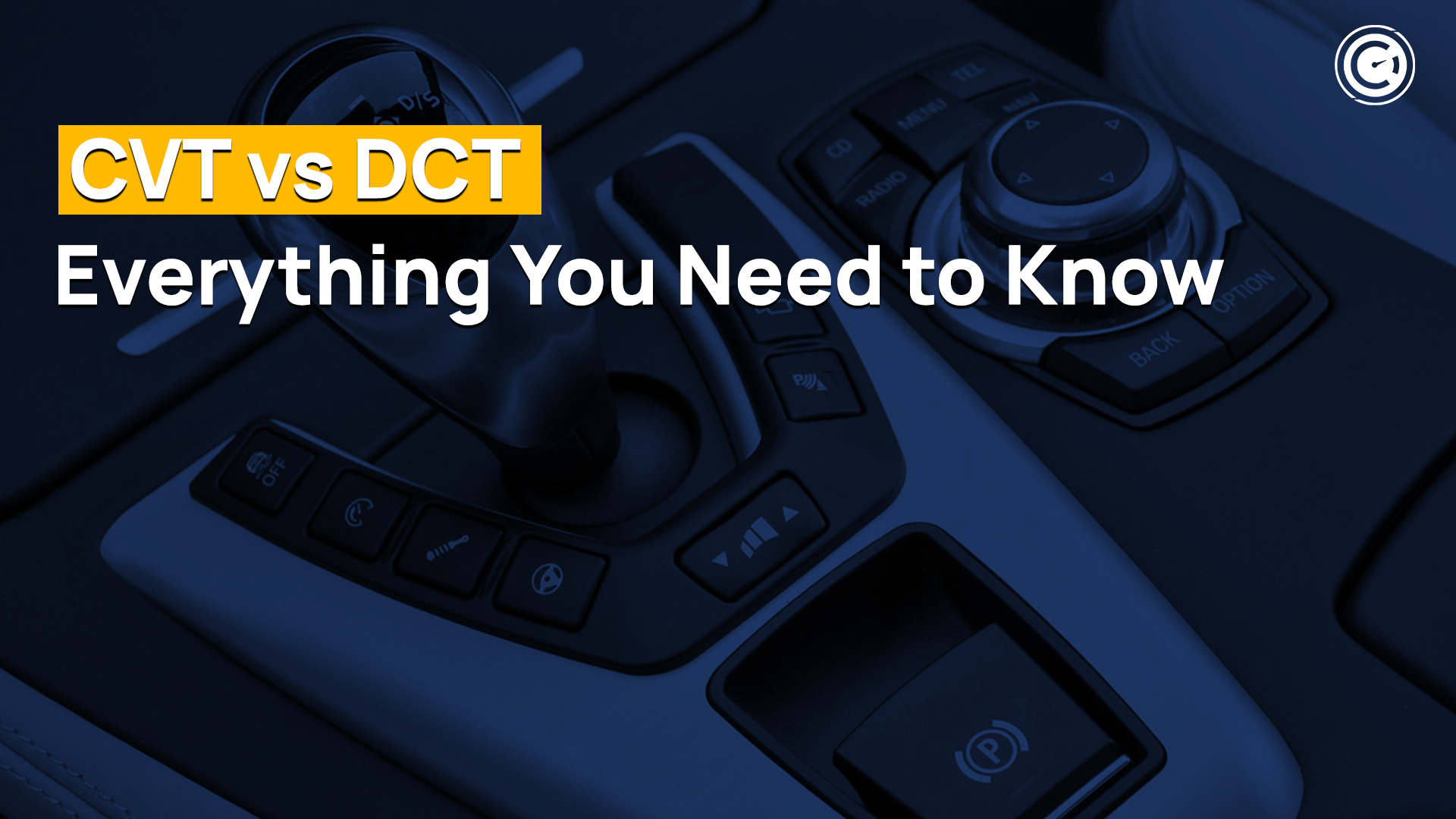If you are looking for an automatic transmission car, CVT vs DCT comes to mind. Since manual transmissions are gradually becoming obsolete, questions regarding the various automatic gearbox types are becoming more pertinent. First and foremost, most of us are familiar with the fully automatic transmission. For many years, the only options on the showroom floor were a manual or an automatic transmission. An automatic gearbox, as opposed to a manual transmission, uses a torque converter – a coupler that transmits rotational power from the engine to the transmission via fluid rather than a mechanical connection like a clutch.
Bicycles are an excellent method to demonstrate why gears are required in this type of transmission. Your legs have a limited amount of energy to expend. As a result, being able to pick a low gear to get oneself rolling from a complete stop differs greatly from the higher gear necessary after you are moving and sustaining a constant cruising pace. So, what to make of the CVT vs DCT discussion, read on.
Table of Contents
What is a DCT Automatic?
The dual-clutch gearbox, as the name implies, operates with two clutches that are actuated automatically. Both sensor-based clutches are coupled to two cylindrical shafts that are concentrically positioned (one encases the other) and independent of each other. The interior shaft, like the outer shaft, goes beyond the length of the outside shaft and has some gears installed on it. Even gears are on one shaft, and odd gears are on the other. The gears attached to these shafts remained meshed with loosely mounted (independent) gears on the output shaft, which drives the wheels.
Download GaragePro App for Android
What is a CVT Automatic?
Instead of a gearbox, the constant switching transmission is made up of two cone pulleys connected by a metallic belt. One pulley is attached to the engine, while the other is connected to the differential, which turns the wheels. This pulley configuration may be defined as two opposed conical plates facing inward, with a belt running across their intersection. One conical plate in each pulley is immovable, whereas the contrary one is axially moveable. To increase or reduce the diametrical spinning of the metallic belt, the moveable conical plate travels closer or further away from the opposing one.
How do you decide, on CVT vs DCT?
Let us discuss the distinctions between the two so that you can decide which is best for you.
Mileage
Among all transmission methods, CVT delivers the highest mileage because the uninterrupted running of the belt between the pulleys prevents even the smallest interruption in power transfer to the wheels. In regards to mileage output, CVT automatic is the greatest option, especially if you operate your car mostly on urban roads. DCT automatic, on the other hand, is significantly better for fuel efficiency since it attempts to eliminate the delay between gear changes.
Driving experience
This is where DCT automatic outperforms CVT automatic and gets a better rating in the CVT vs DCT conversation. Because the CVT automatic transmission is based on a pulley and belt system, and the pulley is the one that transfers energy, there is a noticeable lack of reaction in power flow. The CVT automatic transmission has a rubber-band effect and reduces the thrill of power that driving enthusiasts like. In contrast, even though the gear selection is automatic in dual-clutch transmission, the gears mesh the same manner as they do in a manual gearbox, resulting in far more energetic and high-octane performance. This is why DCT automatic transmissions are common in sports vehicles.
Overall cost-benefit in CVT vs DCT
DCTs are often more expensive than CVTs due to complicated infrastructure and design, however, this varies depending on the vehicle. Both gearboxes are found in the vehicle’s higher trim levels. In terms of fuel consumption and durability, CVTs are more dependable than DCTs.
Download GaragePro App for iOS
Pros and Cons of CVT
PROS
- Enhanced fuel efficiency
- Desired responsiveness Always and everywhere
- Long-distance smooth rides with a higher torque ratio
- Lighter unit with fewer components to replace
CONS
- Repairs are costly.
- High expenditures on upkeep
- Unusual Acceleration tone
- There is no towing capacity.
Pros and Cons of DCT
PROS
- effective use of fuel
- Improved speed and performance
- Removes shift shock
- The ability to shift gears manually or let the automobile do it for you.
CONS
- When driven at low speeds, a DCT might jerk/lurch if you’re not used to it.
- It may be costly.

